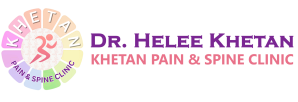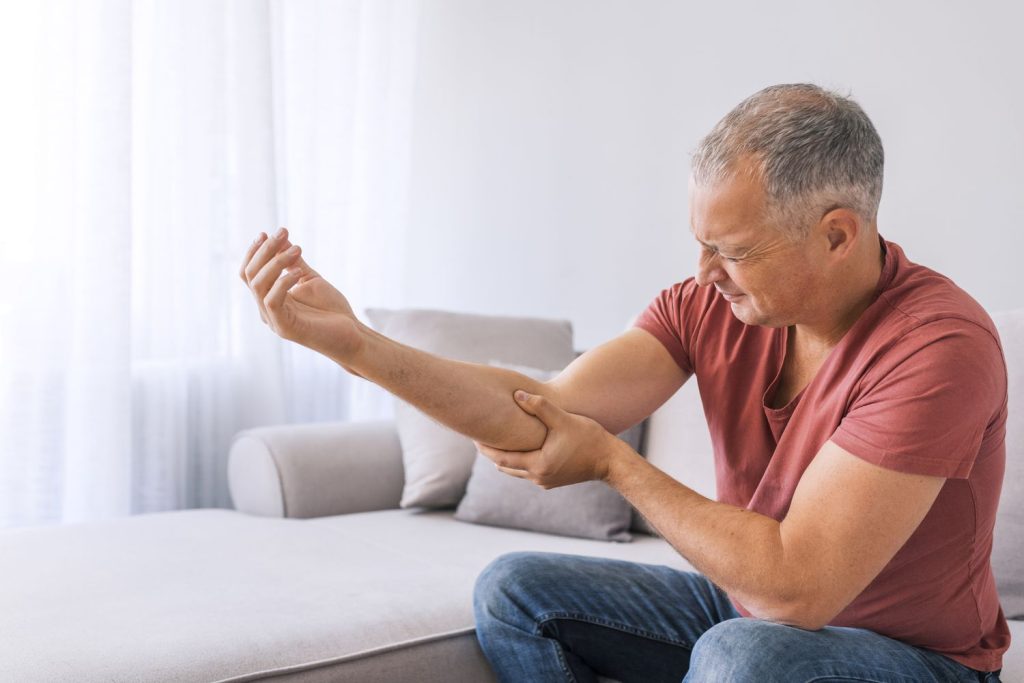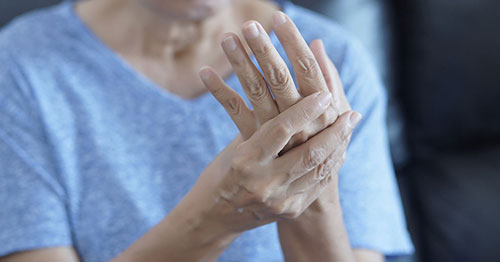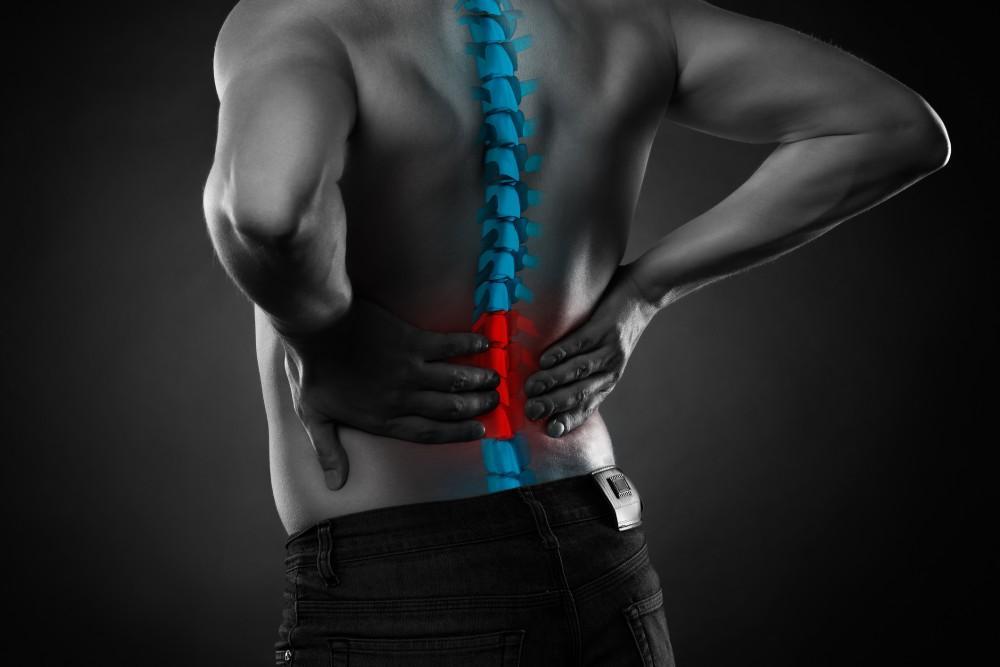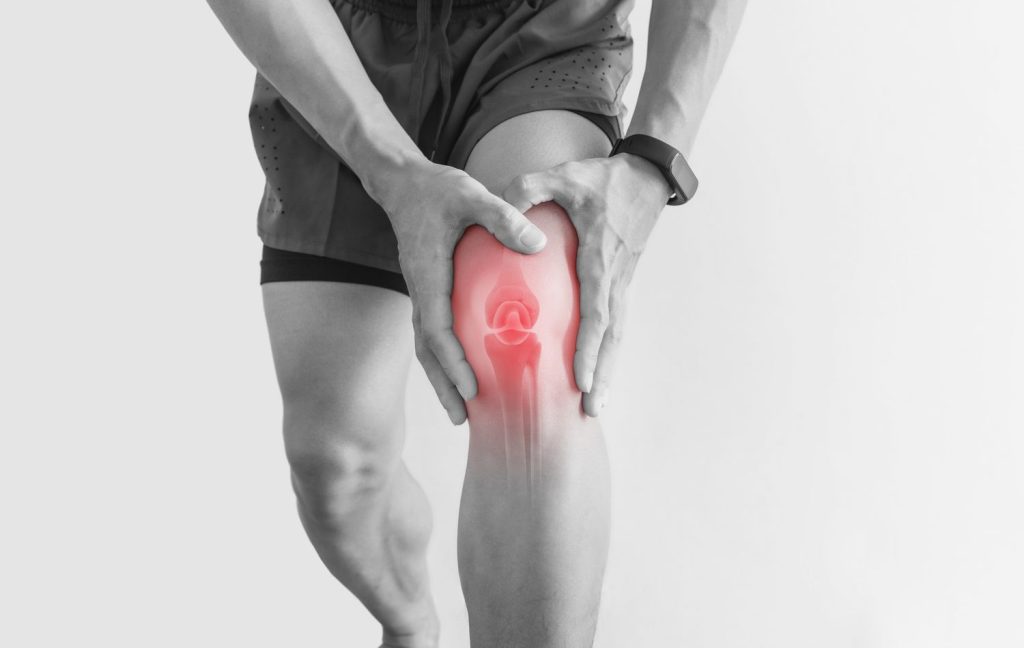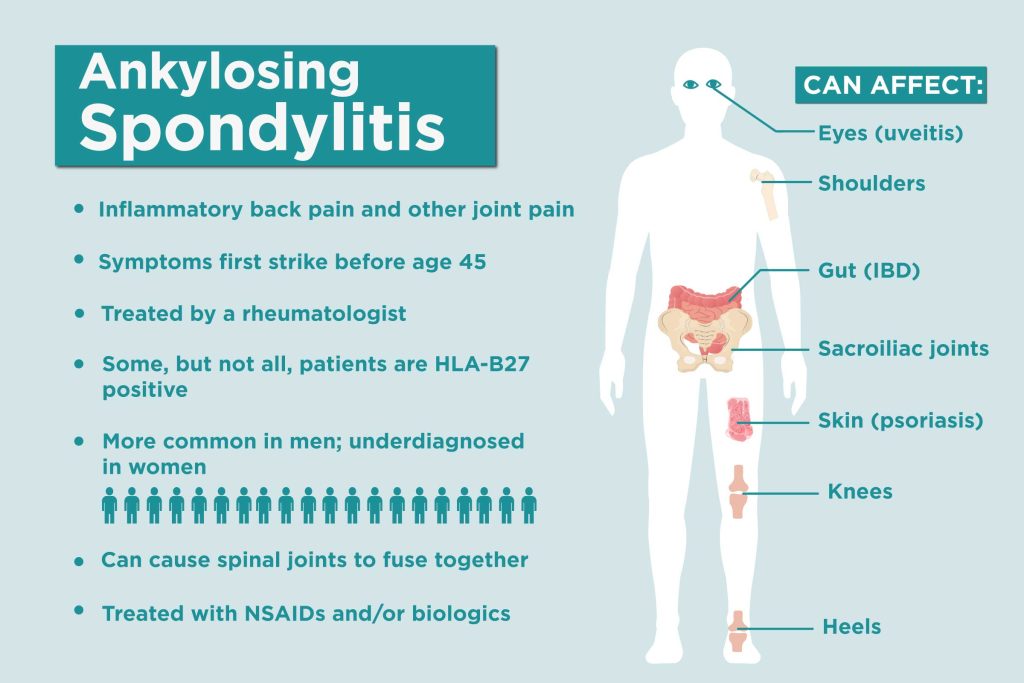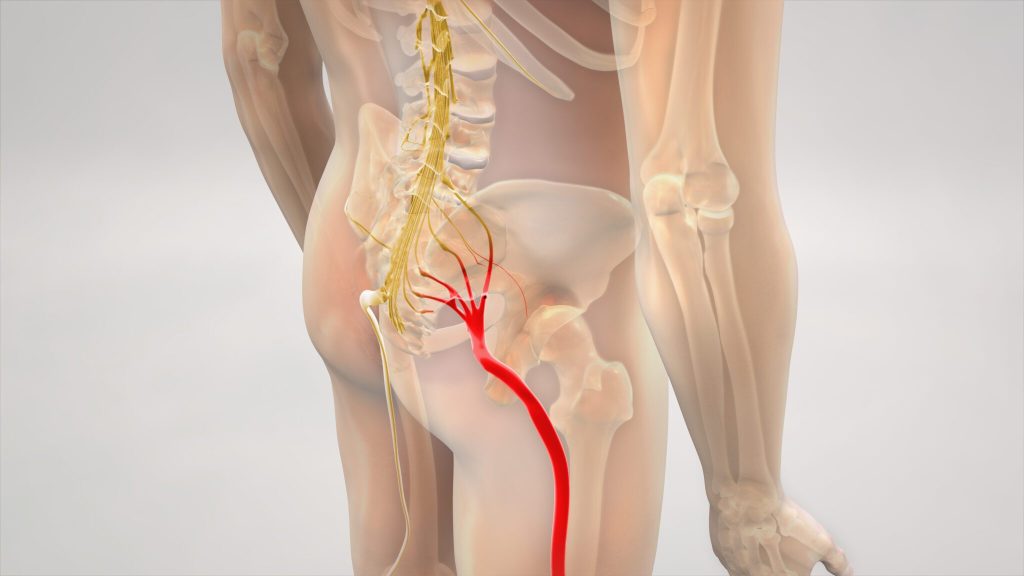20 Remedies for Rheumatoid Arthritis Flare-Ups
Introduction to Rheumatoid Arthritis Flare-Ups Rheumatoid arthritis (RA) is a chronic autoimmune condition that causes inflammation in the joints, leading to pain, swelling, and stiffness. Flare-ups can be particularly challenging, but various remedies can help manage symptoms and improve quality of life. Learn more about rheumatoid arthritis 1. Medications Taking prescribed medications such as NSAIDs, DMARDs, and biologics can help reduce inflammation and pain during flare-ups. Discover medication options 2. Physical Therapy Engaging in physical therapy can improve joint flexibility, strength, and overall mobility. Learn about physical therapy 3. Hot and Cold Therapy Applying heat can relax muscles and improve blood flow, while cold packs can reduce inflammation and numb pain. 4. Gentle Exercise Low-impact exercises like swimming, walking, and yoga can help keep your joints flexible without putting too much strain on them. Explore gentle exercises 5. Anti-Inflammatory Diet Eating a diet rich in anti-inflammatory foods like fruits, vegetables, and omega-3 fatty acids can help reduce inflammation. Read about diet and arthritis 6. Weight Management Maintaining a healthy weight can reduce stress on your joints and alleviate RA symptoms. Discover weight management tips 7. Stress Management Practicing relaxation techniques like meditation, deep breathing, and mindfulness can help manage stress, which can exacerbate RA flare-ups. Explore stress management tips 8. Adequate Rest Ensuring you get enough rest and sleep can help your body recover and reduce the frequency of flare-ups. Learn about sleep hygiene 9. Hydration Drinking plenty of water helps keep your joints lubricated and functioning properly. 10. Occupational Therapy Working with an occupational therapist can help you find ways to perform daily activities more easily and with less pain. Discover occupational therapy 11. Use Assistive Devices Canes, braces, and other assistive devices can help take the pressure off your joints and provide support. 12. Topical Treatments Applying topical creams and ointments can provide localized pain relief. 13. Massage Therapy Regular massages can improve circulation, reduce muscle tension, and promote relaxation. Discover the […]
20 Remedies for Rheumatoid Arthritis Flare-Ups Read More »
